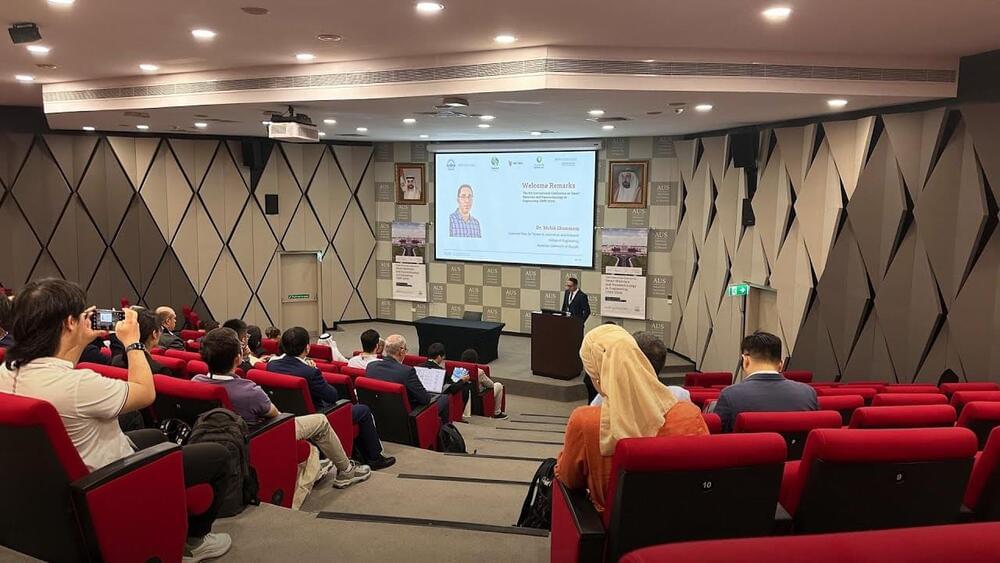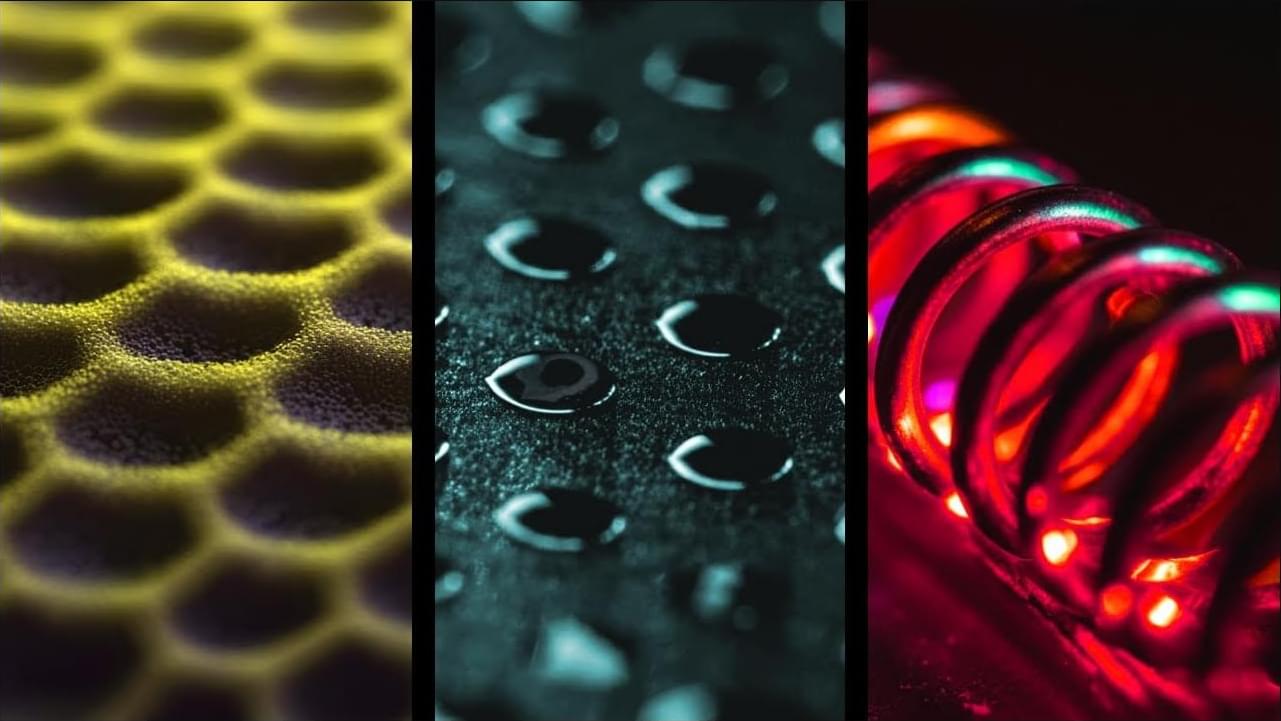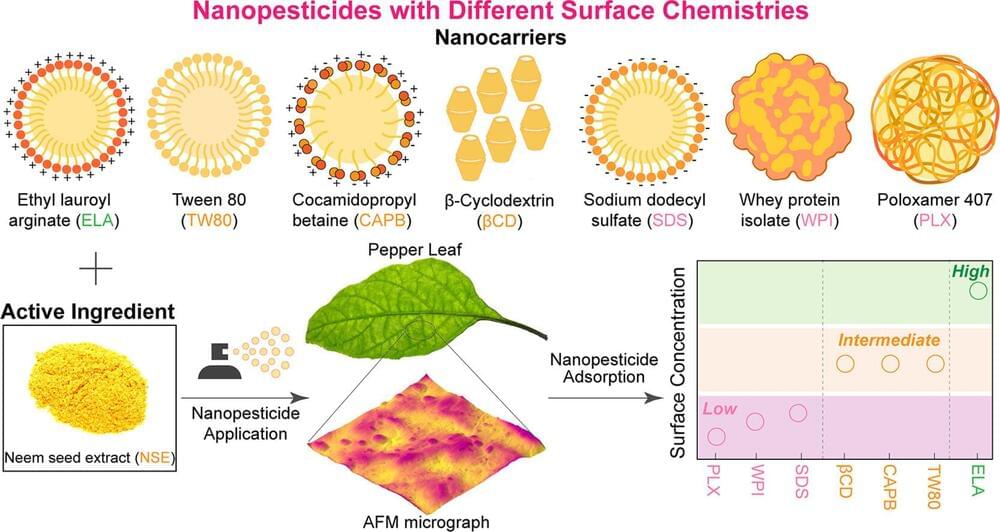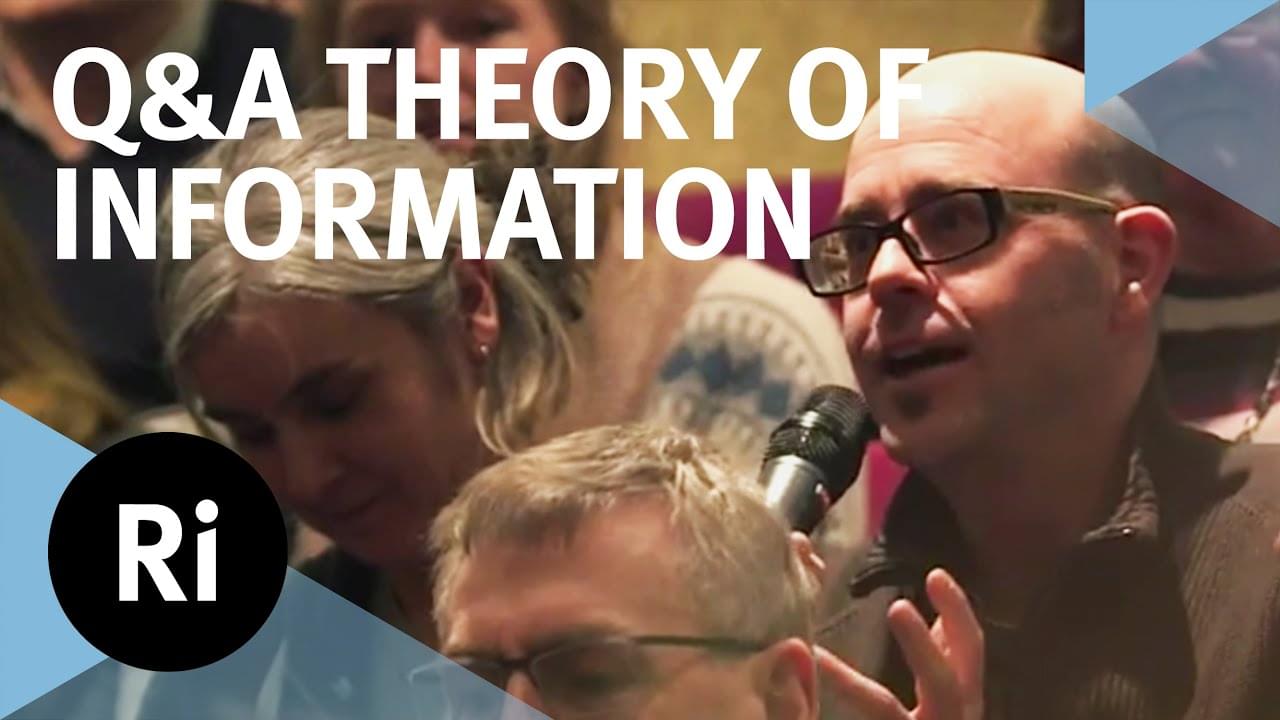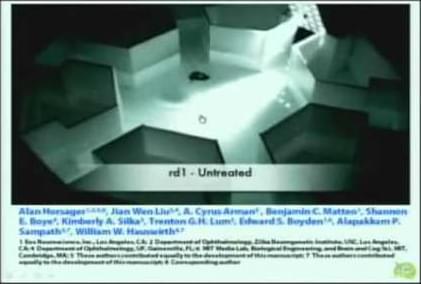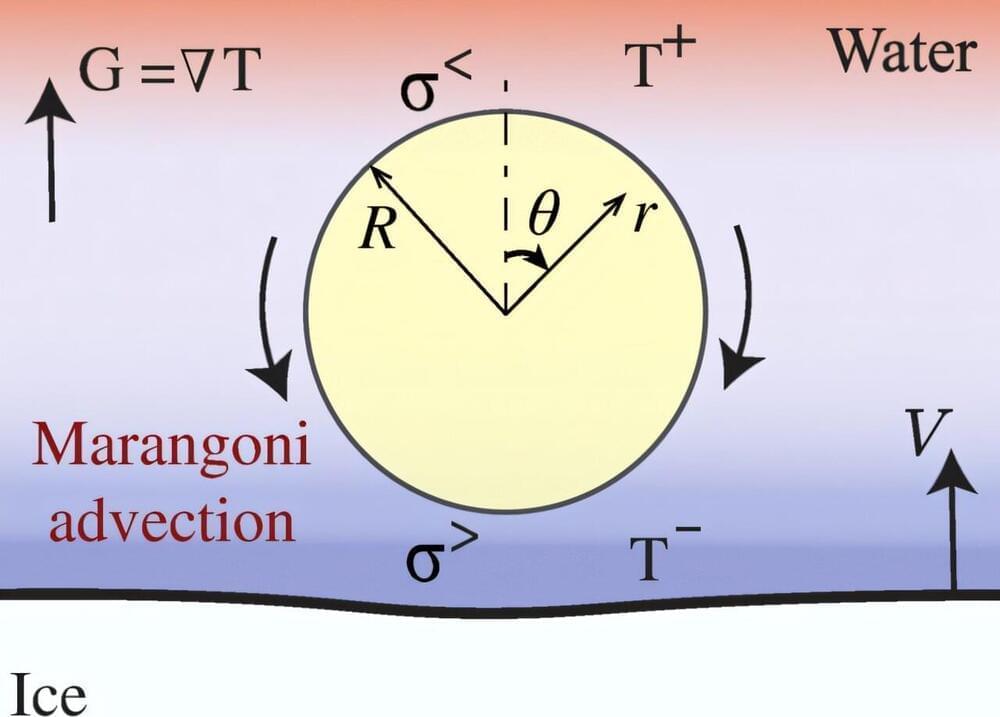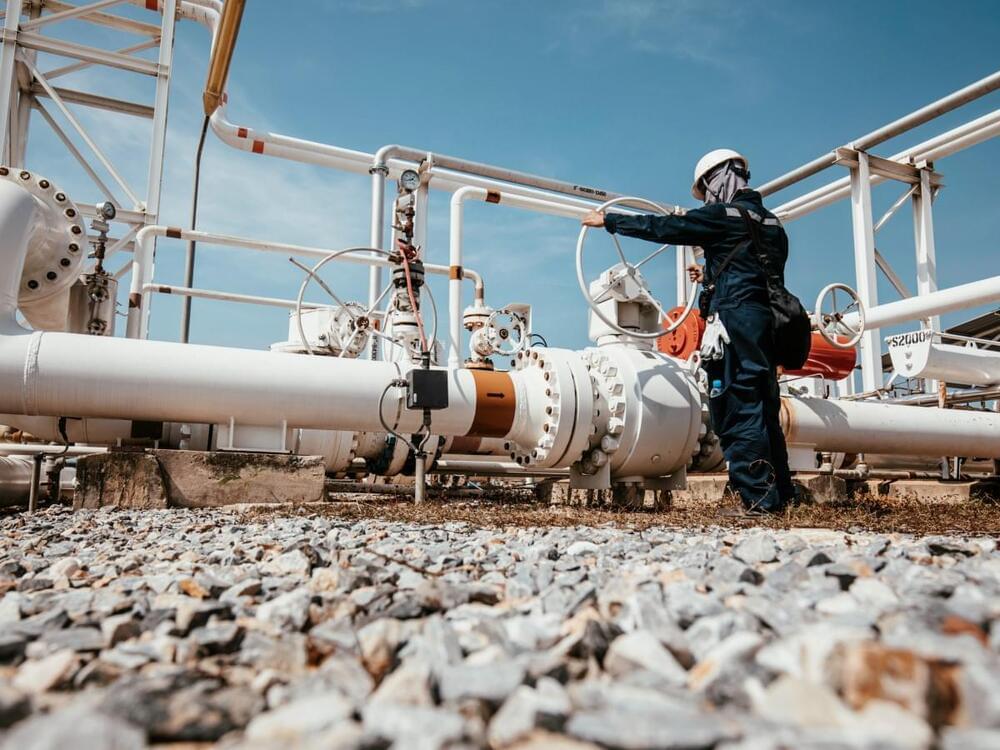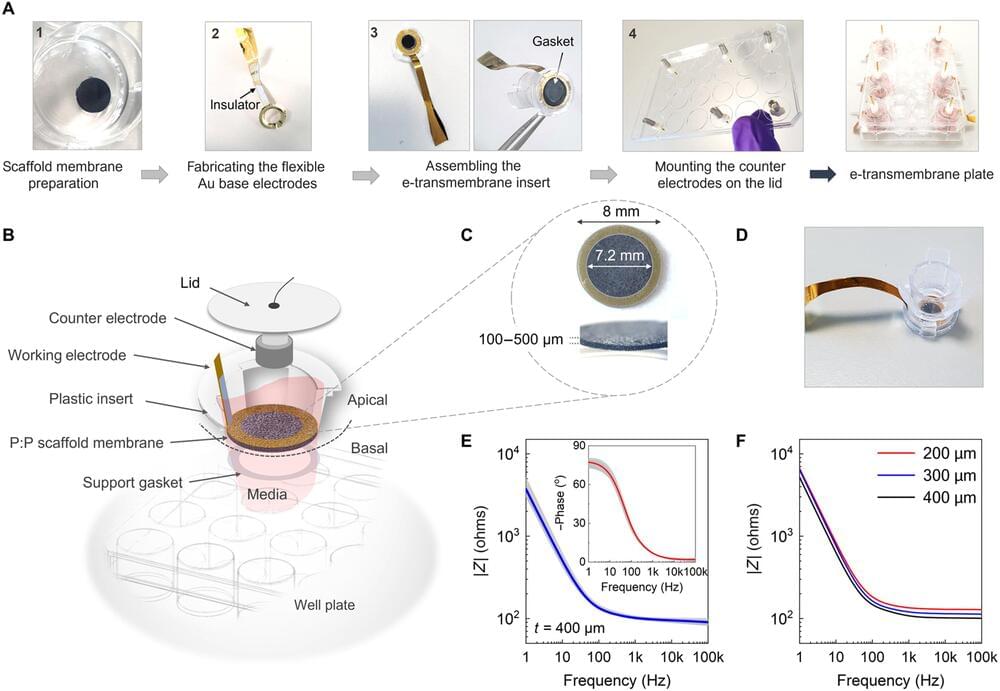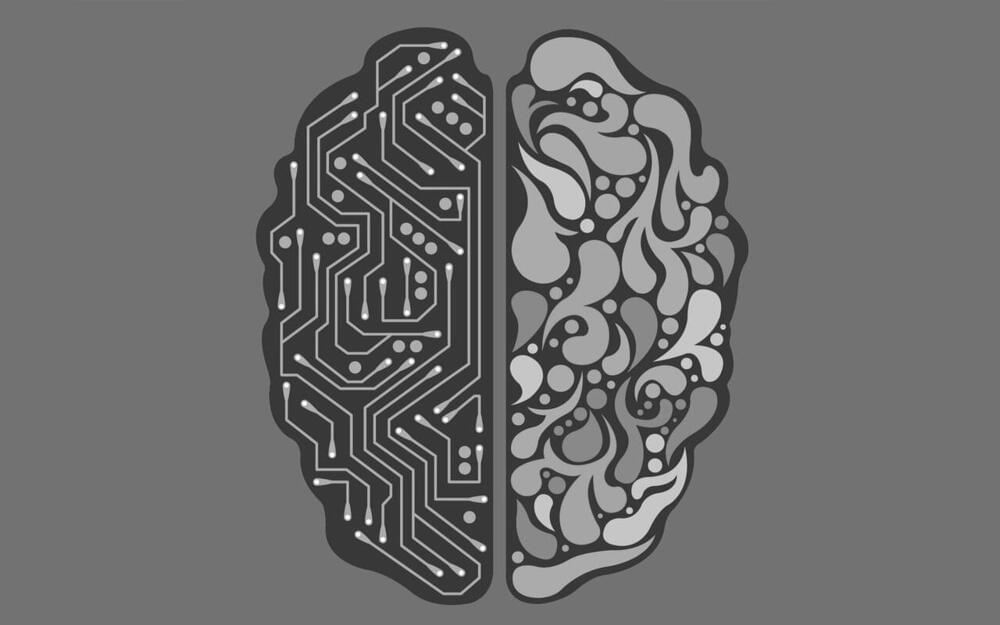
A new study by researchers at the Medical College of Wisconsin (MCW) reveals the areas of the brain where the meanings of words are retrieved from memory and processed during language comprehension. Previous neuroimaging studies had indicated that large portions of the temporal, parietal, and frontal lobes participate in processing language meaning, but it was unknown which regions encoded information about individual word meanings.
“We found that word meaning information was represented in several high-level cortical areas (i.e., areas that are not closely connected to primary sensory or motor areas), including the classical ‘language areas’ known as Broca’s area and Wernicke’s area,” said Dr. Leonardo Fernandino, assistant professor of neurology and biomedical engineering at MCW. “Interestingly, however, some regions not previously considered as important for language processing were among those containing the most information about word meaning.”
Additionally, they also investigated whether the neural representations of word meaning in each of these areas contained information about phenomenological experience (i.e., related to different kinds of perceptual, emotional, and action-related experiences), as several researchers had previously proposed, or whether they contained primarily information about conceptual categories (i.e., natural kinds) or about word co-occurrence statistics, as other researchers have theorized.
